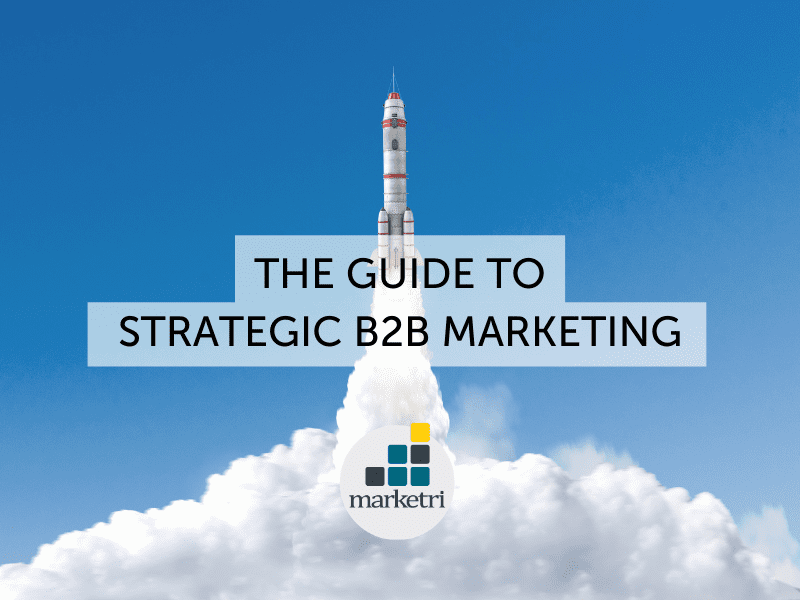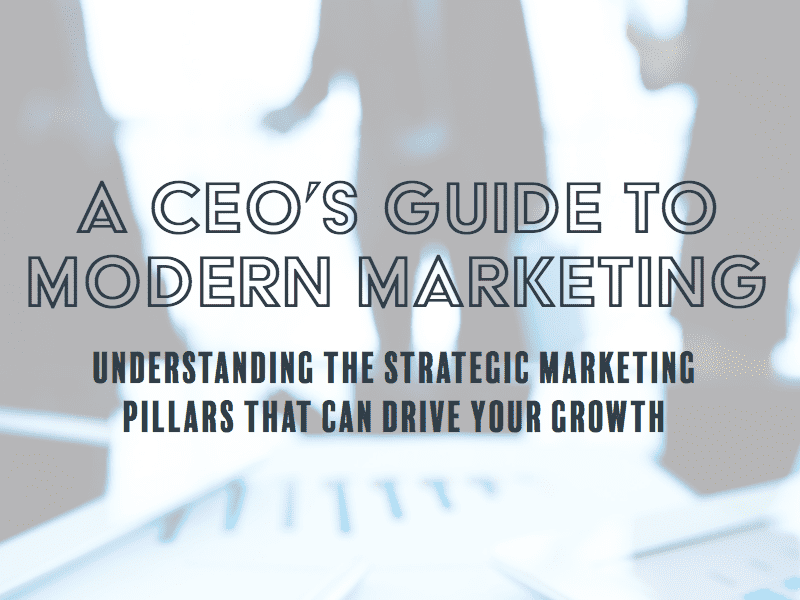The Elements of Branding: Beyond the Logo
Think of a brand you’ve ranted and raved about to your friends. Chances are, there’s more than one thing you love about this company.
Take online glasses retailer Warby Parker. Not only do they offer a wide range of styles at a reasonable price, but they make it convenient to try on glasses from your own home. I could go on and on about the stress-free experience; for example, their team easily dismisses late returns and will act as a friend in helping you choose between pairs.
What does this have to do with brand? Everything.
Developing a brand strategy means thinking far beyond your logo and colors. Above all, your brand informs the way you tell your company story from top to bottom. And as your organization grows, branding matters more than ever.
What is a brand?
If you Google the terms “brand” or “branding,” you’ll find thousands of definitions…along with several articles about how difficult it is to define. That’s because your brand isn’t just one aspect of your company. It goes well beyond a name or a logo or a symbol.
At some point, Warby Parker decided to make a promise to its customers. According to its website, “Buying eyewear should leave you happy and good-looking, with money in your pocket.”
This low-cost, stress-free approach to glasses buying is a part of Warby Parker’s brand strategy. It only sticks because that promise is mirrored in every experience a customer has across the company.
Your brand is both the way you present your company to the public and the way others perceive it.
It’s what sets your company apart in the mind of consumers or other businesses (if you run a B2B company)—as long as the image you project is consistent.
Laying the groundwork
In order to shape your brand identity—the image you project to your audience—you’ll have to learn what messages resonate most with your prospective customers and clients.
There are probably several safe assumptions to be made about what your audience values. However, these same assumptions have been made by all of your competitors. The discovery phase allows you to find unique points of differentiation to position your product or service in the marketplace.
The research and discovery phase should include:
- Your long-term and short-term company goals
- Customer research
- A competitive analysis
- A SWOT analysis (employee survey)
These exercises have the added benefit of helping you to refine your product or service offering, further developing those areas where your brand shines.
Essential elements of any brand
Thorough research informs the essential elements that define your brand. These are typically documented internally to guide the creation of various assets and public-facing copy. Such documentation may include:
- Brand personas: A clear understanding of your audience will help you to reach the right people with the right message.
- Positioning statement/brand promise: As you review your competitors, you’ll craft a positioning statement that sets you apart and sets the tone for all communications moving forward.
- Key messaging/brand narrative: Research insights guide key messaging elements that help to tell your story. Throughout your organization, employees can refer to this messaging document to decide which phrases to use to communicate externally (and which to avoid).
- Brand voice and tone: While messaging includes what you say to your audience, your brand voice and tone offers guidance on how you say it. Is your brand particularly friendly or professional? Down-to-earth or “out there”?
Only after you’ve reached a consensus on these elements should you move on to the markers that make your brand complete. These include:
- Logo
- Color palette
- Typography
- Brand imagery/graphics
- Video intros and outros
- Website design elements
- Tagline
All of these elements are informed by the brand elements you establish after the research process. A logo with lightning bolts may not be appropriate if your brand personas value peace and quiet. A fun serif font won’t be the right fit for a brand that hopes to project a professional image.
Maintaining consistent branding
Once all the elements come together, it’s all about consistency. Beyond updating your logo across your website and content, you’ll have to ensure that your people:
- Use the proper terminology.
- Write emails in the right tone of voice.
- Can quickly access image assets.
- Avoid words and phrases used by competitors or those that don’t fit your brand.
That means finding a way to communicate your guidelines across your organization (not just to the marketing team).
But here’s the thing…this won’t work if your brand does not feel authentic.
If you want your employees to communicate in a way that feels buttoned up and professional, but they have always had humorous exchanges with their clients, it will be difficult to shift that tone and will not feel authentic to your audience.
That’s why it’s crucial to have a third party provide input throughout the branding process. An outsider’s input will help you to determine who you truly are as a company—not just who you think you should be.
Contact Marketri to learn about our B2B marketing consulting firm. Or download our guide to learn more about the elements that bring your marketing together.






